Air pollution. When you hear this term, you probably think of the fumes that factories and cars expel into the air. However, air pollution also refers to the allergens and toxins floating in the air within your house.
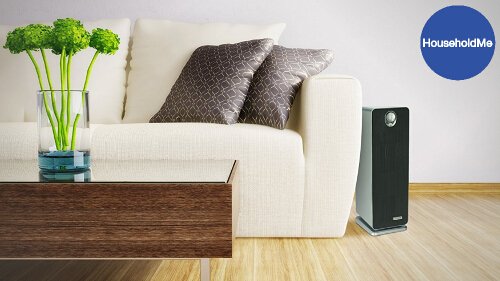
You keep a clean and tidy home, so why should you be worried by the quality of the air inside of it? It should be clean too. Poor indoor air quality is not a rare occurrence. In fact, the Environmental Protection Agency maintains that indoor air is more of a health risk to people because it’s up to five times more polluted than outdoor air.
Treatment Options for Allergy Sufferers
Unfortunately, there are no cures for allergies. Modern medicine offers treatments for allergies like steroids and antihistamines. For those who have severe allergies, doctors may prescribe an EpiPen to save their patients’ lives in the event of accidental ingestion of or contact with an allergen. Immunotherapy, or a regimen of allergy shots, is another choice, but even immunotherapy is not a cure-all.
Every treatment option has its limitations; therefore, the best course of action any allergy sufferer can take is to prevent long-term exposure to the substances that trigger his allergy symptoms. Since the majority of the average person’s day is spent inside, mitigating the effects of indoor air pollution is crucial to overall good health.
To do so, you must take a holistic approach to improving the air quality by vacuuming and dusting regularly as well as maintaining your HVAC system and weatherizing your house. A purifier also helps maintain the cleanliness of the air, and it’s highly beneficial to those who suffer from asthma or allergies.
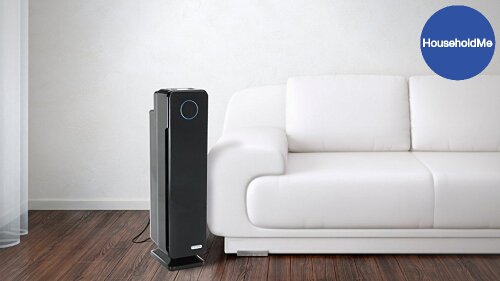
The Benefits of Using an Air Purifier
Consistent use of an air purifier will keep your home cleaner. Although you should be dusting regularly, you will notice a decrease in dust buildup as you do your rounds of chores. Dust isn’t the only allergen that purifiers can reduce. These appliances are also well-adept at removing pollen, pet dander, cockroach debris and even dead skin cells.
What do dinner from the night before and your furry canine friend have in common? Odors. Bad smells originate from numerous sources, and the particles that cause them can negatively impact your respiratory system. Plus, unpleasant odors are not what you want greeting visitors’ noses when they walk through the door. An air purifier with an activated carbon filter can wipe out these smells.
Charcoal filters aren’t just effective at removing odors from the air. They can also adsorb VOCs, or volatile organic chemicals. VOCs are gases that come from solid or liquid substances made by nature or by man. From household cleaners and pesticides to paint and carpet, countless products release VOCs into the air. Exposure to VOCs can cause headaches, sinus irritation and even internal organ damage.
All the pollutants described above are just a sampling of many potential allergy triggers. A person who has asthma or allergies and inhales these particles can experience a whole host of symptoms that range from mild to serious. Regularly running an air purifier cuts down on the individual’s exposure to these allergens, helping to keep their symptoms at bay.
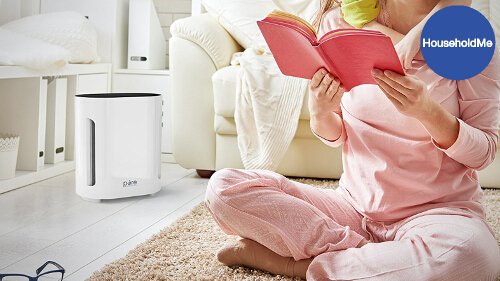
Telltale Signs of Poor Indoor Air Quality
Often, the first time someone realizes that there is a problem with the air inside of his house is when his allergies flare. If you notice that allergy symptoms begin soon after coming home, and you get relief shortly after leaving, the indoor air may be polluted. If you experience severe symptoms like chills, muscle aches, nausea, and lethargy after ruling out the flu and other illnesses, you may be suffering from exposure to mold spores or toxic chemicals.
In some cases, you may not have any symptoms. However, if your home has recently undergone repairs or renovations, the air may be rife with volatile organic chemicals. The smell of mold or mildew in another sign, especially if you notice that odor after a plumbing or roof leak.
Does your significant other enjoy an after-dinner cigarette in the den? The pollutants in cigarette smoke can linger on walls and fabrics for months after outing that cigarette. A similar concept applies to inadequately ventilated stoves and fireplaces. If you enjoy using aerosol air fresheners, you’re simultaneously releasing VOCs and pleasant aromas.
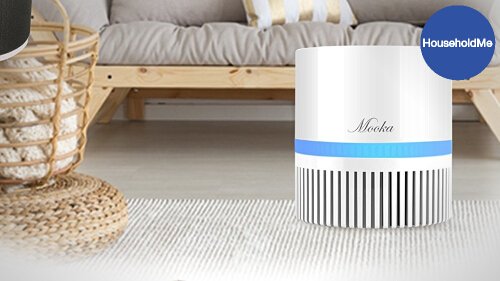
How Air Purifiers Work
Portable units are the most common type of air purifiers used in residential settings. Inside of an air purifier, there is a fan that pulls the surrounding air into the unit. At that point, the air travels through multiple filters that trap microscopic allergens. After the now-clean air flows through the filters, the purifier releases it back into the room, and the cycle repeats.
While each purifier is different, most have a pre-filter that takes care of larger particles and a HEPA or HEPA-style filter that handles small particles. Some air purifiers also contain an activated carbon filter, which dramatically reduces unpleasant household odors. The inclusion of an ultraviolet-C light bulb is becoming a popular trend among air purifier manufacturers due to the wavelength’s germicidal properties.
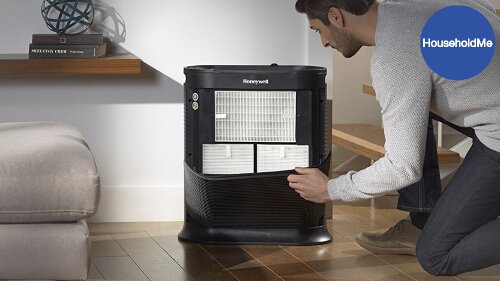
HEPA Filters
HEPA stands for high-efficiency particulate air. HEPA filters are designed to remove 99.97 percent of allergens as small as 0.3 microns, which includes dust, pollen, and mold spores. Due to their effectiveness, HEPA filters are the heartbeat of any high-quality air purifier.
The lifespan of a HEPA filter varies from one filter to the next. Some HEPAs last a few months while others last for several years. To keep an air purifier running at optimal efficiency, it’s crucial to clean or replace the HEPA filter per the manufacturer’s instructions or when the purifier’s indicator alerts you to a dirty filter.
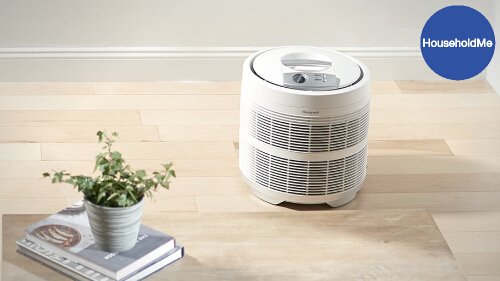
HEPA Filters Versus HEPA-Type Filters
If you’ve shopped around for an air purifier, you’ve probably seen the words HEPA-type or HEPA-style. Even though the terms have HEPA in them, these filters aren’t of the same caliber as a genuine HEPA filter.
Manufacturers that use a HEPA-type filter usually do so to reduce the production cost of their air purifiers. However, faux HEPAs aren’t able to capture as many particles as true HEPAs Those that come close are not able to trap the ultra-fine particles that real HEPAs can.
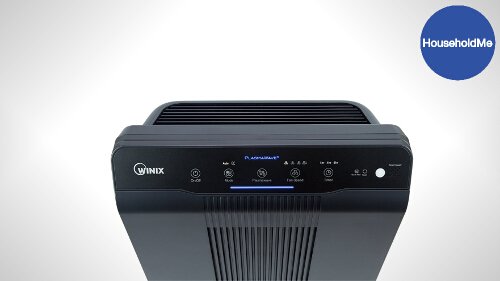
Activated Carbon Filters
Odor-causing particles and gases are smaller than allergens, rendering HEPA filters useless when it comes to eliminating these particles from the air. This is where activated carbon filters come into play. Via a binding process called adsorption, gases, odors, and VOCs attach to the carbon filter, resulting in better-smelling air.
Unlike many HEPA filters, carbon filters are not reusable. Once the filter’s pores are full of particles, the filter must be replaced. Since activated carbon filters are able to hold about one-half of their weight, they typically last for months.
Ultraviolet-C Light
Ultraviolet-C light may be a new technology in the world of air purifiers, but this particular wavelength boasts a long history of being harnessed by the scientific community to eradicate bacteria, mold, and viruses. UV-C light has been used to combat tuberculosis and purify municipal water supplies, and it’s used in many major hospitals to this day.
Now, you can buy air purifiers with a UV-C light bulb, so you can utilize its germ-killing properties. Usually, the bulb is paired with a titanium dioxide photocatalyst. These two components work in tandem to neutralize VOCs.
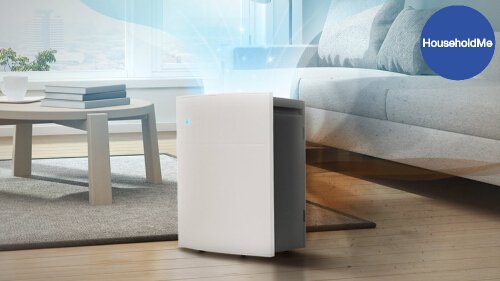
The Meanings of Different Air Purifier Ratings
There are a lot of factors to consider before choosing an air purifier. Luckily, there are two numerical rates that make the selection process easier, so you don’t end up with a dud.
The first rate is called the air exchange rate, which is measured in cubic feet per minute. This rate indicates how often the purifier circulates the room’s air in 1 hour’s time. The higher the exchange rate, the more efficient the air purifier.
Another rate to look for is known as the clean air delivery rate or CADR. This rate is determined by the Association of Home Appliance Manufacturers, and it lets you know how quickly the air purifier can get rid of particles. The AHAM rates air purifiers in three categories – dust, pollen, and smoke. As with the airflow rate, a high number is desirable.
While this is not a rate, some air purifiers carry a seal of approval from the Asthma and Allergy Foundation. To achieve this certification, an air purifier must meet the organization’s high standards. An Asthma and Allergy Friendly air purifier will remove, not redistribute, the allergens that circulate through it, and the unit will not release ozone into the air.
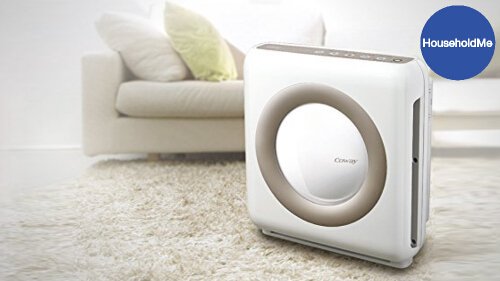
Are Air Purifiers Worth It?
Air purifiers are worth every penny! Air purifiers are not a useless fad – These appliances work as intended with proper maintenance and constant use as long as they are well-built.
When air purifiers are used in conjunction with other allergen and particle-reducing methods, purifiers work well at safeguarding the health of vulnerable populations, including young children, the elderly, asthma sufferers and those who have allergies.
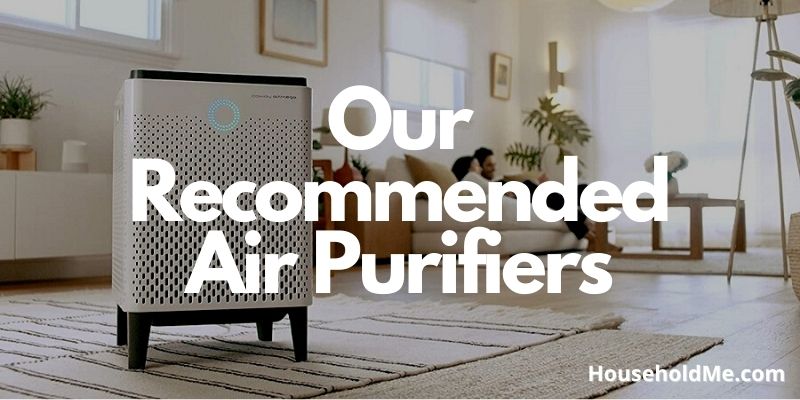
If you have any questions or comments, please add them below in the comment section. Similarly, please let us know if you spot any mistakes or omissions. Thanks!
Sources
Lifehack
National Institutes of Health
Cleveland Clinic
